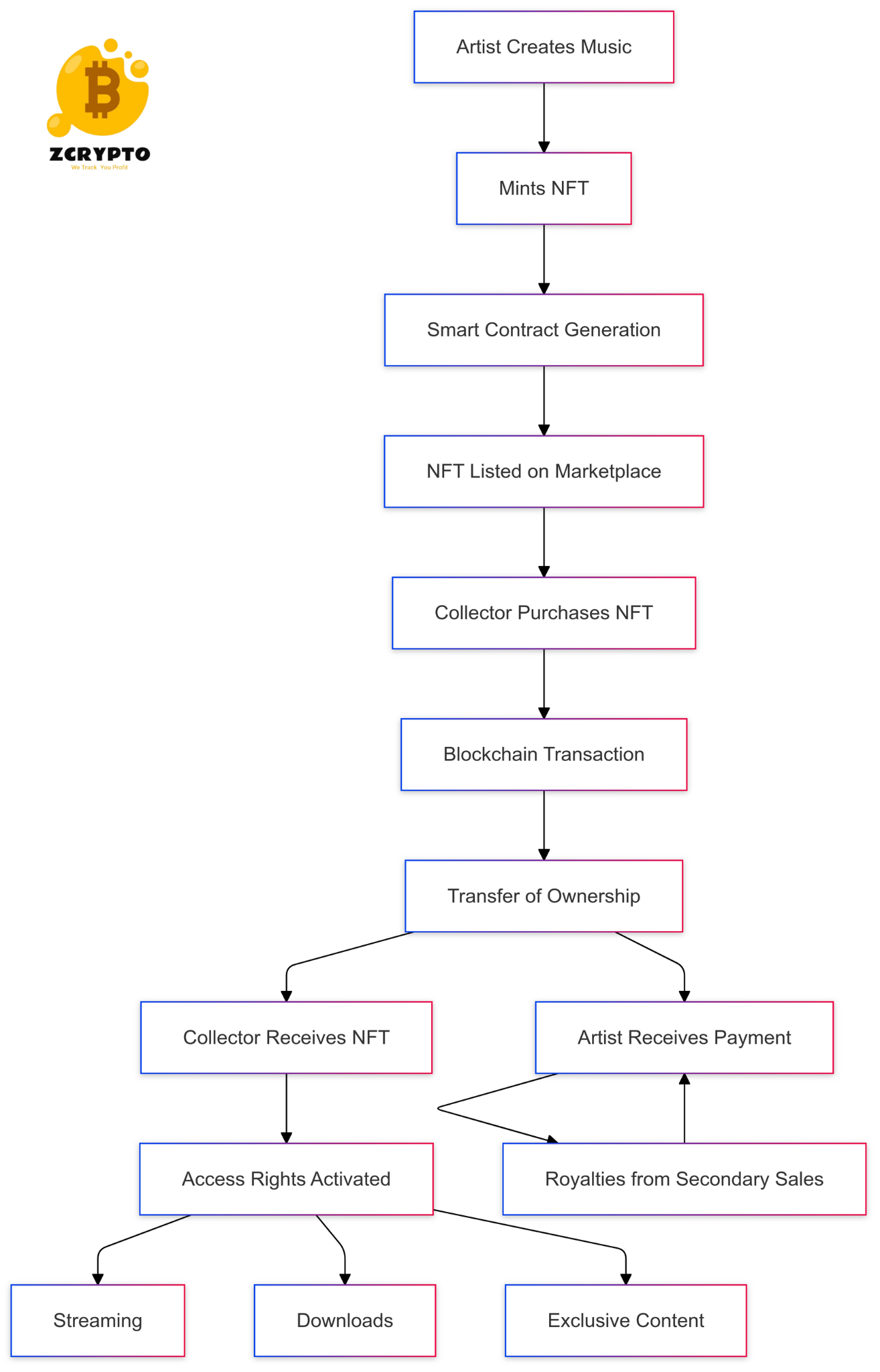What is a Coupon Rate?
A coupon rate is the nominal yield paid by a fixed-income security, such as a bond. It is the annual interest rate paid on a bond from its issue date through maturity. Historically, the term “coupon” originated from physical coupons that bondholders would clip and redeem for interest payments. Today, these payments are typically made electronically, but the term has stuck.
The coupon rate is an important metric because it provides investors with a clear understanding of the regular income they can expect from their bond investment. For example, if you purchase a bond with a 5% coupon rate and a par value of $1,000, you can expect to receive $50 in annual interest payments.
How to Calculate the Coupon Rate
Calculating the coupon rate is straightforward once you understand the formula:
[ \text{Coupon Rate} = \frac{\text{Annual Coupon Payment}}{\text{Par Value of Bond}} \times 100 ]
Here are the steps to follow:
-
Identify the Par Value: The par value is typically $1,000 but can vary depending on the bond.
-
Determine the Frequency of Payments: Bonds often make payments semiannually or annually.
-
Calculate the Annualized Coupon Payment: Sum all periodic payments to get the annual amount. For instance, if a bond pays $25 semiannually, the annual coupon payment would be $50.
-
Divide and Convert to Percentage: Divide the annual coupon payment by the par value and convert to a percentage.
Let’s use an example: If you have a bond with a par value of $1,000 and it pays $50 annually (or $25 semiannually), the calculation would be:
[ \text{Coupon Rate} = \frac{50}{1000} \times 100 = 5\% ]
Components of the Coupon Rate Calculation
Par Value
The par value is the face value of the bond, typically $1,000 but can vary. It serves as the base for calculating both the coupon rate and other metrics like yield.
Frequency of Payments
The frequency of payments (e.g., semiannual or annual) significantly affects how you calculate the annual coupon payment. For example:
-
If a bond pays $25 semiannually, you multiply this by 2 to get an annual payment of $50.
-
If it pays annually, you use that single payment as your annual amount.
Annual Coupon Payment
To calculate the annual coupon payment, sum all periodic payments over one year. Using our previous example:
-
Semiannual payments: $25 * 2 = $50 per year
-
Annual payments: Directly use $50 as it is already an annual figure
Impact of Market Interest Rates on Coupon Rates
Changes in market interest rates have a direct impact on bond values and their coupon rates. When market interest rates rise, bonds with fixed coupon rates become less valuable because newer bonds offer higher yields. Conversely, when market rates fall, existing bonds with higher fixed coupon rates become more valuable.
It’s also important to distinguish between the coupon rate and yield to maturity (YTM). The coupon rate remains fixed at issuance but does not reflect current market conditions. YTM, however, reflects both the coupon rate and any capital gains or losses due to changes in market interest rates.
Types of Coupon Payments
Bonds can have various types of coupon payments:
Fixed Coupon Payment
A fixed coupon payment is a constant amount paid in each period. This is the most common type and provides predictable income for investors.
Variable Coupon Payment
A variable coupon payment varies based on a reference rate such as LIBOR (London Interbank Offered Rate). This type introduces some uncertainty but can offer better returns if interest rates rise.
Deferred and Accelerated Coupon Payments
Some bonds feature deferred or accelerated coupon payments where interest is either delayed or paid earlier than usual over the life of the bond. These structures can affect cash flow timing but do not change the overall annualized coupon rate.
Example Calculations and Scenarios
Let’s consider an example where Company ABZ issues bonds with a $1,000 par value and semiannual payments of $75.
-
Calculate Annual Coupon Payment:
-
Semiannual payment: $75
-
Annualized payment: $75 * 2 = $150
-
-
Calculate Coupon Rate:
-
Using our formula:
[ \text{Coupon Rate} = \frac{150}{1000} \times 100 = 15\% ]
-
This example illustrates how different market conditions and bond prices affect both the coupon rate and current yield.




